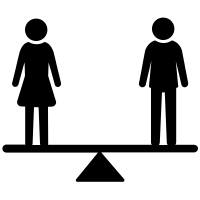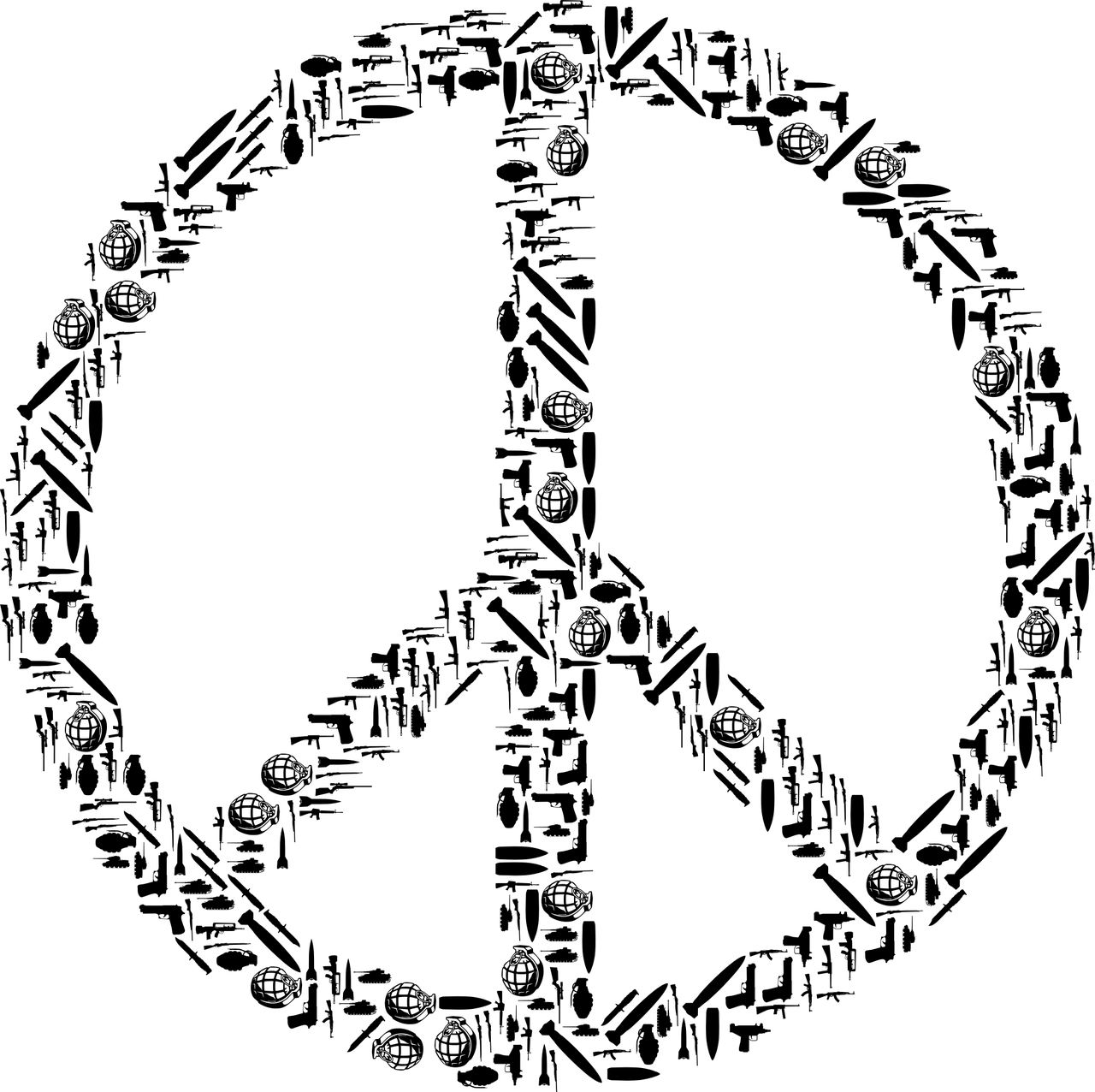When it comes to lesson planning and choosing where to gather resources, many teachers reach for books. While not a bad option, getting a more immersive view of different topics is much more impactful. The best part about working towards becoming a global educator is the ability to think outside the box. The Out of Eden Walk is a resource that gives a different perspective on learning about the world and humankind.
The Out of Eden Walk project is supported by National Geographic and the Knight Foundation. It is a 21,000-mile journey made by Pulitzer Prize-Winning journalist Paul Salopek. On this multi-year trip, he is traveling across multiple continents learning about and retracing the path that our ancestors took to make their way around the world. Along the way, he stops to talk to people and hear their stories. He is also being made aware of some of the global issues different parts of the world are facing. While there are many stops and stories to learn about, a few that stood out to me were the,
With so many stories to choose from, I started with the most recent chapter. Here I stumbled upon Milestone 72: Absences which brought Mr. Salopek near Thickegyin, Myanmar. There is an ever-growing issue for the decrease in good logs. Many of the local villagers work logging because it pays more than being a farmer or laborer in the area. They are allowed to do this on a small scale but not more than that. The problem is that people from outside the area are coming in and cutting down the logs themselves. Mr. Salopek spoke to a 22-year-old farmer working as a logger named Myo Minaung who shared this concern with him. In the panoramic image from this spot, you can see some of the bareness in the forest.
It is really important to share scenarios like this one because it can teach students to be more aware of where the things they buy are coming from. Some of the teak wood was smuggled out and sold to be used for boat decking and outside furniture. This is a great place to interject the Sustainable Development Goals into this lesson about destroying habitats and overuse of materials as well as being aware of what people are paid for particular goods and certain jobs.
I kept backtracking through the milestones looking for stories that sparked my interest. Milestone 43: No Women stopped me in my tracks and made me feel privileged to live in a country where females at least have an opportunity to speak. Many countries around the world do not allow this to happen or women fear speaking to strangers. Mr. Salopek found this to be the case in many of the places he visited. Most of the interviews he conducted were given by men. The women he approached did not want to engage whatsoever. This particular spot was in Romitan, Uzbekistan. Instead of moving on to find a man to interview, Mr. Salopek simply stated that the women he approached refused the interview. I think the lack of an interview had more of an impact than if he had continued to find a man to talk to.
I jumped to the comments section to see if others had a similar reaction to mine and I found just that. This is such an important example of how we need to work hard to help achieve Goal 5 from the Sustainable Development Goals- Gender Equality. Too many women do not have a voice or the same opportunities that men have. I like the idea of using this milestone as a real-life teaching moment about this topic.
Still a little shook from the impact that the last stop had on, I began going back again in time to see if I could find one of his interviews that did feature a woman, but he was right, this was hard to dig through. Instead, I stumbled on a point that made me also feel a bit on edge. This was at Milestone 26: Dislocated, near Kozluck, Turkey. This is the first spot along the walk where the group was met with a threat. When they approached the area, armed Kurdish villagers thought that they were marauders from Syria. They detain Mr. Salopek and his group and proceed to threaten to shoot the walking guide that was accompanying them. Mr. Salopek interviewed 50-year-old taxi driver Muyehatim Ayi. He was apprehensive to talk and says that in this area they have been living in fear. He adds that they cannot talk openly and are not comfortable being open.
It is sad to think about the small villages still overtaken with fear of violence and war. This is something that can be used to discuss Goal #16- Peace, Justice, and Strong Institutions. Many places do not have to live in fear or worry about this kind of violence, which makes it hard for them to necessarily jump to get involved in helping places that do encounter this.
The journey that Paul Salopek is on is not for the faint of heart. There is no guarantee of what type of environment they are making their way into. The result though is this expansive resource that gives an eye-opening account of things going on in the world. It would be such a benefit to have teachers utilize this for different lessons across various subjects. I will be sure to keep this in my back pocket for my future classroom.
If you have a chance, make sure to check out some of the stories from this journey. Please share which stories you found that had the biggest impact on you in the comments below! Also if you come across any of the interviews by women, let me know which milestone they are part of.





